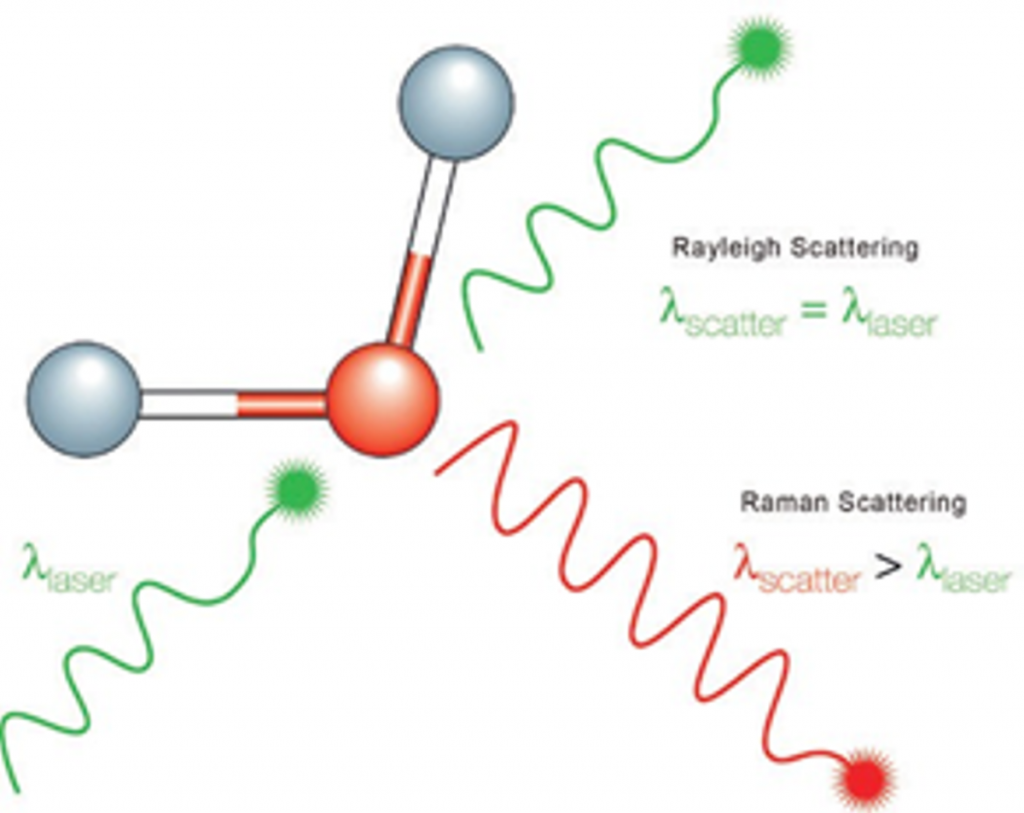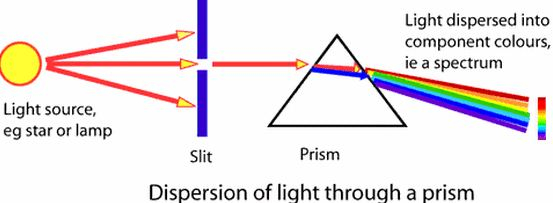Focus: GS-III Science and Technology
Why in news?
- Researchers have turned to Raman Spectroscopy to detect RNA viruses present in saliva samples.
- It is a study to analyse non-infectious RNA viruses using conventional Raman Spectroscopy without using any additional reagent to enhance the signal.
Significance of the Study
- It has been reported that novel coronavirus is found in sufficient numbers in human saliva. For the study, the researchers spiked saliva samples with non-infectious RNA viruses and analysed it with Raman Spectroscopy.
- They analysed the raw Raman Spectroscopy data and compared the signals with both viral positive and negative samples.
- This conceptual framework to detect RNA viruses in saliva could form the basis for field application of Raman Spectroscopy in managing viral outbreaks, such as the ongoing COVID-19 pandemic.
- Since the tool can only identify RNA viruses and not identify the specific one, it can be used only for screening.
What is Raman Spectroscopy?
- Raman Spectroscopy is a non-destructive chemical analysis technique which provides detailed information about chemical structure, phase and polymorphy, crystallinity and molecular interactions.
- It is based upon the interaction of light with the chemical bonds within a material.

What is Raman Effect?
- Raman Effect is a phenomenon in spectroscopy discovered by the eminent physicist Sir Chandrasekhara Venkata Raman in 1928.
- After two years in 1930, he got Nobel Prize for this remarkable discovery and this was the first Nobel Prize for India in the field of Science.
- Raman Effect is a change in the wavelength of light that occurs when a light beam is deflected by molecules.
- When a beam of light traverses a dust-free, transparent sample of a chemical compound, a small fraction of the light emerges in directions other than that of the incident (incoming) beam.
- Most of this scattered light is of unchanged wavelength.
- A small part, however, has wavelengths different from that of the incident light; its presence is a result of the Raman Effect.

Prelims Bit: February 28th: National Science Day
28th February is celebrated as National Science Day (NSD) in India. NSD is celebrated to commemorate discovery of the ‘Raman Effect’, which led to Sir C.V. Raman winning the Noble Prize.
-Source: The Hindu





